Grease application is a fundamental aspect of machinery maintenance, crucial for ensuring smooth operation and extending the lifespan of equipment components. Whether in industrial settings or automotive applications, the correct application of grease plays a significant role in preventing friction, reducing wear and tear, and ultimately optimizing performance. In this comprehensive guide, we delve into various techniques and best practices for applying grease effectively, with a specific focus on leveraging Superlube products to achieve optimal results.
Understanding Grease Application Basics
Grease is a semi-solid lubricant composed of a base oil, thickener, and additives. Its primary function is to lubricate moving parts, prevent metal-to-metal contact, and protect against corrosion and contaminants. Grease differs from oil in that it stays in place and adheres to surfaces, making it ideal for applications where frequent reapplication may not be practical.
The choice of grease depends on factors such as operating conditions (temperature, load, speed), equipment type, and compatibility with materials. Superlube offers a range of high-performance greases tailored to specific industrial and automotive needs, ensuring superior lubrication and protection.
Step-by-Step Grease Application Process
Proper grease application involves a systematic approach to ensure effective lubrication and maximum equipment performance. Follow these steps for optimal results:
Surface Preparation Before applying grease, ensure surfaces are clean and free from dirt, old grease, and debris. Use appropriate cleaning agents and tools to remove contaminants that could compromise lubrication effectiveness.
Selecting the Right Grease Choose the appropriate Superlube grease based on equipment specifications, operating conditions, and manufacturer recommendations. Consider factors such as temperature range, load-bearing capacity, water resistance, and compatibility with seals and materials.
Application Method Grease can be applied manually or using a grease gun depending on the equipment and accessibility. For manual application, use a clean brush or applicator to evenly distribute grease on friction points and moving parts. When using a grease gun, follow manufacturer guidelines for pressure settings and nozzle attachments to ensure proper coverage.
Quantity and Frequency Apply grease in sufficient quantities to form a thin, even layer on the surfaces requiring lubrication. Over-lubrication can lead to excessive heat buildup and seal damage, while under-lubrication may cause friction and premature wear. Establish a maintenance schedule based on equipment usage and environmental conditions, inspecting and reapplying grease as needed.
Importance of Cleanliness and Preparation
Effective grease application begins with cleanliness. Contaminants such as dirt, moisture, and old grease can impair lubrication performance and accelerate wear. Before applying Superlube grease, thoroughly clean surfaces using solvent cleaners or degreasers suitable for the specific application. Ensure all residues are removed to promote maximum adhesion and lubrication efficiency.
Cleanliness extends beyond initial application. Regular inspections and cleaning of lubricated parts help prevent buildup of contaminants that could compromise equipment performance over time. By maintaining cleanliness and adhering to proper preparation techniques, operators can maximize the benefits of Superlube products and extend equipment lifespan.
Tips for Grease Compatibility and Mixing
Compatibility between grease types and equipment materials is critical to avoid chemical reactions, breakdown of lubricating properties, and potential equipment damage. Superlube offers a range of greases formulated for compatibility with various materials, including metals, plastics, and elastomers commonly used in industrial and automotive applications.
Before applying grease, consult equipment manuals and compatibility charts to ensure the selected Superlube product is suitable for the intended application. Avoid mixing different grease formulations unless explicitly recommended by the manufacturer, as incompatible mixes can lead to ineffective lubrication and costly repairs.
Monitoring and Maintenance Practices
Regular monitoring and maintenance are essential to ensure continued equipment performance and reliability. Establish a lubrication schedule based on equipment usage, operating conditions, and manufacturer recommendations. Inspect lubricated components for signs of wear, overheating, or inadequate lubrication, and adjust maintenance intervals as necessary.
Monitor grease condition and consistency during inspections. Grease that becomes too thin or contaminated should be replaced promptly to prevent equipment damage. Implement preventive maintenance measures such as vibration analysis, temperature monitoring, and lubricant analysis to detect potential issues before they escalate.
Future Trends in Grease Application Technology
Advancements in grease formulation and application technology continue to shape the future of maintenance practices. Emerging trends include:
Trend 1: Development of biodegradable and eco-friendly grease formulations to meet sustainability goals and regulatory requirements.
Trend 2: Integration of IoT (Internet of Things) technology for real-time monitoring of lubricant condition and equipment performance.
Trend 3: Continued research into nanotechnology for enhancing grease properties such as wear resistance and thermal stability.
As technology evolves, grease application techniques and product innovations will continue to evolve, offering new opportunities to optimize equipment reliability and environmental sustainability.
In conclusion, effective grease application is essential for maximizing equipment performance, reducing maintenance costs, and extending service life. By following the ultimate guide to grease application techniques with a focus on Superlube products, operators can enhance lubrication effectiveness, minimize downtime, and achieve sustainable maintenance practices in industrial and automotive environments. Adopting proactive maintenance strategies and staying informed about advancements in grease technology will position businesses for continued success in an increasingly competitive marketplace.

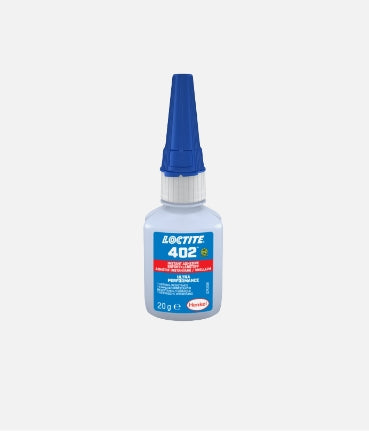
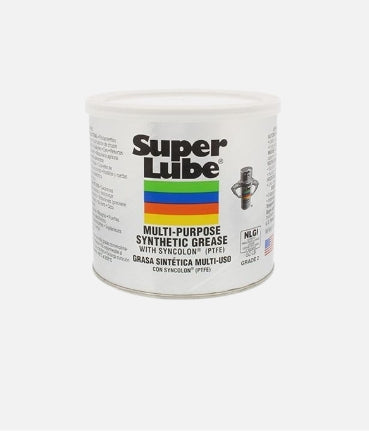
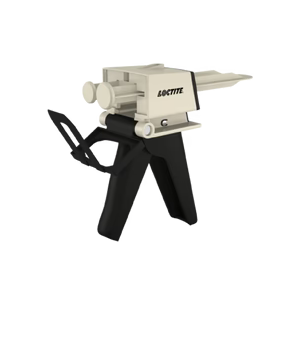
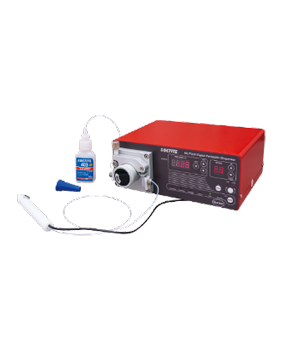



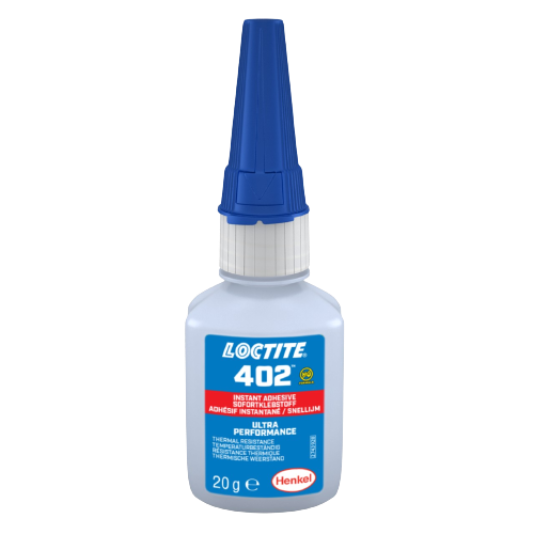
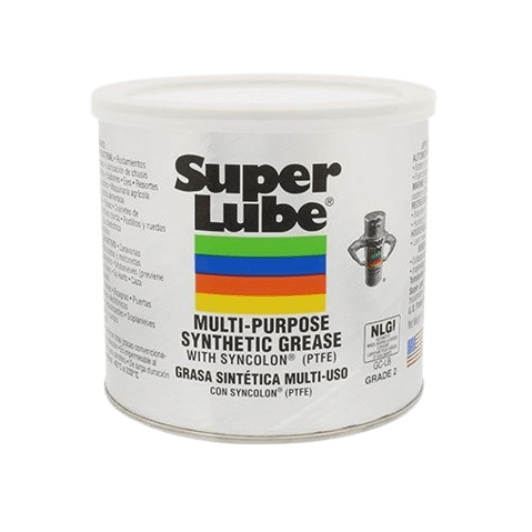
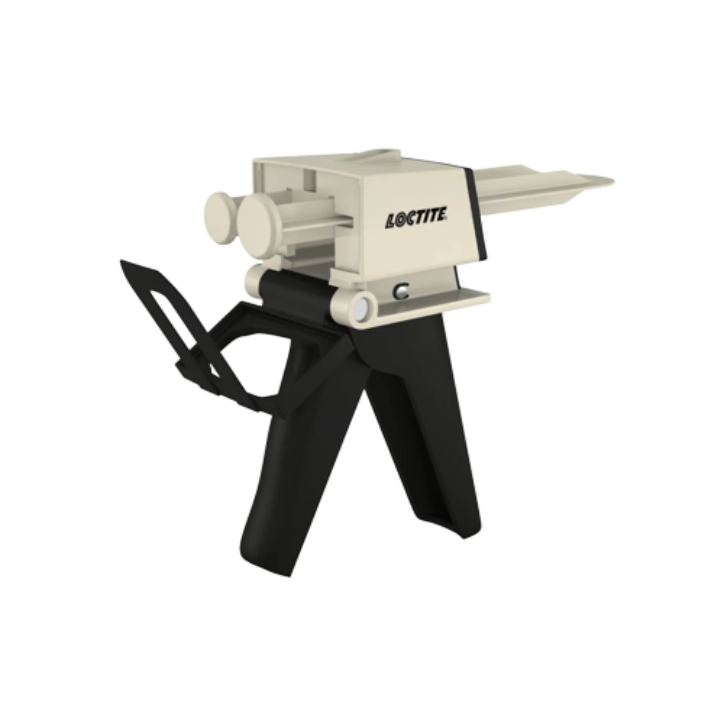
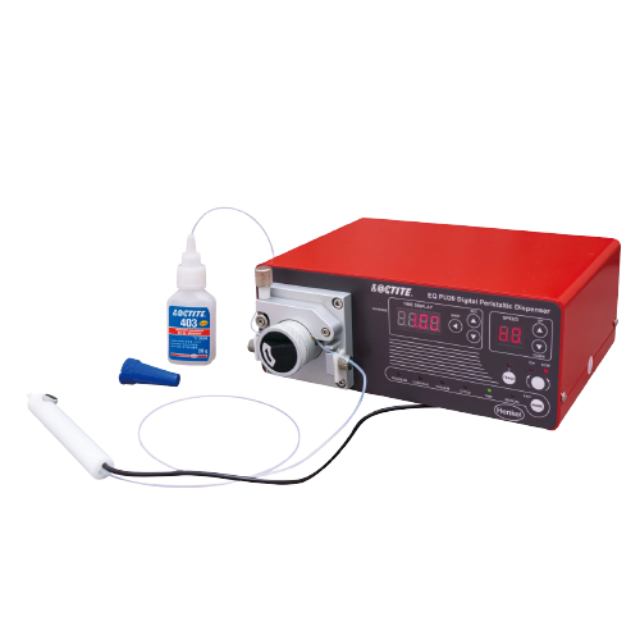
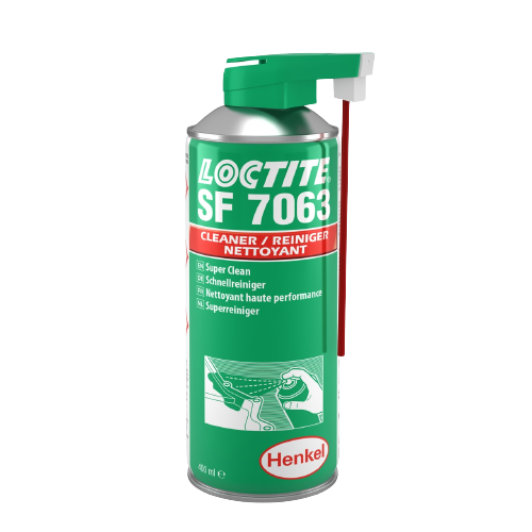
Leave a comment
All comments are moderated before being published.
This site is protected by reCAPTCHA and the Google Privacy Policy and Terms of Service apply.